Prune a listing Ceanothus 'Ray Hartman'?
mc510
7 years ago
Featured Answer
Sort by:Oldest
Comments (19)
gobluedjm 9/18 CA
7 years agoCori Ann - H0uzz violated my privacy
7 years agolast modified: 7 years agoRelated Discussions
Opinions on wild lilac/Ceanothus wanted
Comments (12)Salvia Clevelandii should be available at "real nurseries". I don't know if I've ever seen them in a box store before. Tressa, that's too funny! Did you order yours from Jackson and Perkins too? I love them. ren67, for a great listing/description of Ceanothus varieties, check las pilitas nurseries website. Sunset western gardening book also has a fairly good descriptive list as well. wanda...See MoreKeeping ceanothus alive and thriving
Comments (4)Watering once a week isn't really minimal watering, esp. for Ceanothus. Give them a good start by planting in late fall-early winter, soak them really well and let the rains take over. Deep water them about once a month the first summer, avoiding the trunk of the plant, and no summer water after the first year. It's also important to choose varieties that work in your zone. C. horizontalis is more coastal I believe and thrives in cooler summer temps. I've found that many ceanothus need some afternoon shade in the more inland areas Type your zip code into Las Pilitas web site and they should give you a listing of what will work in your area. Also check out the "Design" link at the top of the page for useful info on watering and other subjects http://www.laspilitas.com/easy/easywatering.htm Here is a link that might be useful: zip code plant communities...See MoreCeanothus 'Frosty Blue'
Comments (8)Thanks for writing about that Jacaranda - I have the perfect spot for that (if my strawberry treelet dies, which it looks like it might). I also have a Ray Hartman (6 months old) that I'm growing as a tree. Going well so far. Btw local people around my area (west side LA) are saying that ceanothus don't really do well in full FULL sun. They are having better luck with a little shade. Cannot vouch either way for that though....See MoreCeanothus 'Dark Star'
Comments (6)I had Dark Star here for several years before it died. It was growing on a bank above the county road with no water after the first year. I had it for about 10 years and it never got over 8 feet high. I loved it and have a new one now in a 5 gallon container ready to plant this winter. Calistoga is the hottest part of the Napa Valley but I don't think heat was the reason for its short life. My neighbor has one in a similar exposure doing well. Al...See MoreCori Ann - H0uzz violated my privacy
7 years agomc510
7 years agogobluedjm 9/18 CA
7 years ago5birdy
7 years agomc510
6 years ago5birdy
6 years agoSK
6 years ago5birdy
6 years ago5birdy
6 years agoSK
6 years ago5birdy
6 years ago5birdy
6 years agoSK
6 years ago5birdy
6 years agovirusgal
4 years agomc510
4 years agolast modified: 4 years ago
Related Stories
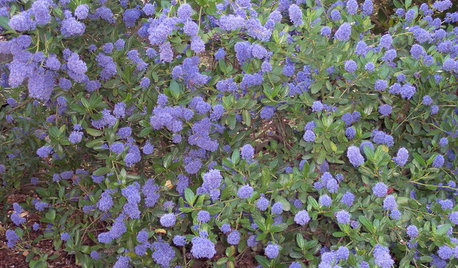
GARDENING GUIDESGreat Design Plant: Ceanothus Pleases With Nectar and Fragrant Blooms
West Coast natives: The blue flowers of drought-tolerant ceanothus draw the eye and help support local wildlife too
Full Story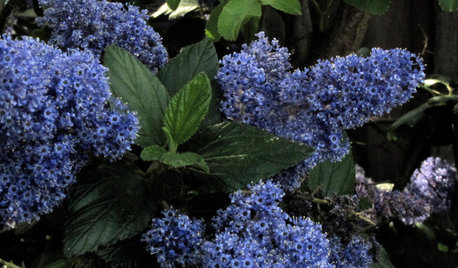
GARDENING FOR BUTTERFLIESGreat Design Plant: Ceanothus
Try these springtime stars for a bolt of blue, especially where you've got a dry spot in the garden
Full Story
REGIONAL GARDEN GUIDESCalifornia Gardener's March Checklist
Give natives and tropicals a well-deserved spotlight — plus, discover an easy herb that keeps on giving
Full Story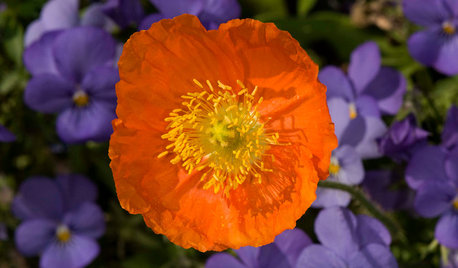
GARDENING GUIDESNorthern California Gardener's September Checklist
Welcome to the best season for planting just about everything, and for tackling major landscaping projects to boot
Full Story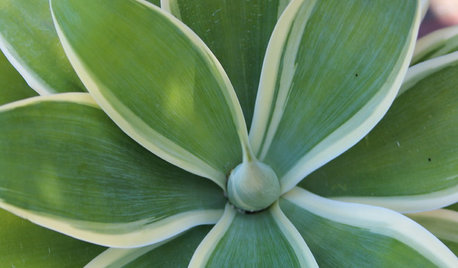
CALIFORNIA GARDENINGCalifornia Gardener's April Checklist
Outsmart droughts with water-savvy plants and sustainable approaches that suit the landscape
Full Story
GARDENING GUIDES10 Top Native Plants for Southern California Gardens
Enjoy a fuss-free, water-wise garden by growing plants naturally in tune with the climate and wildlife of Southern California
Full StorySponsored
Columbus Area's Luxury Design Build Firm | 17x Best of Houzz Winner!




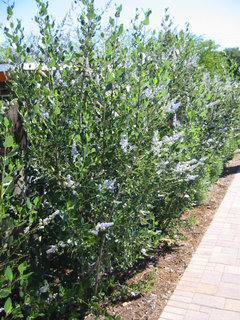



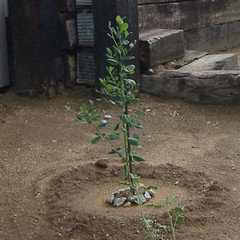
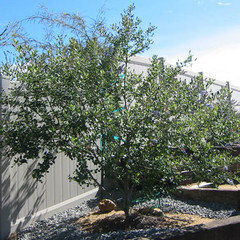
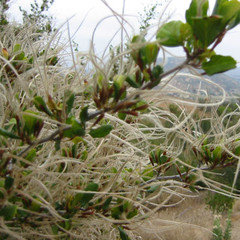
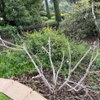
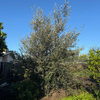
gardengal48 (PNW Z8/9)